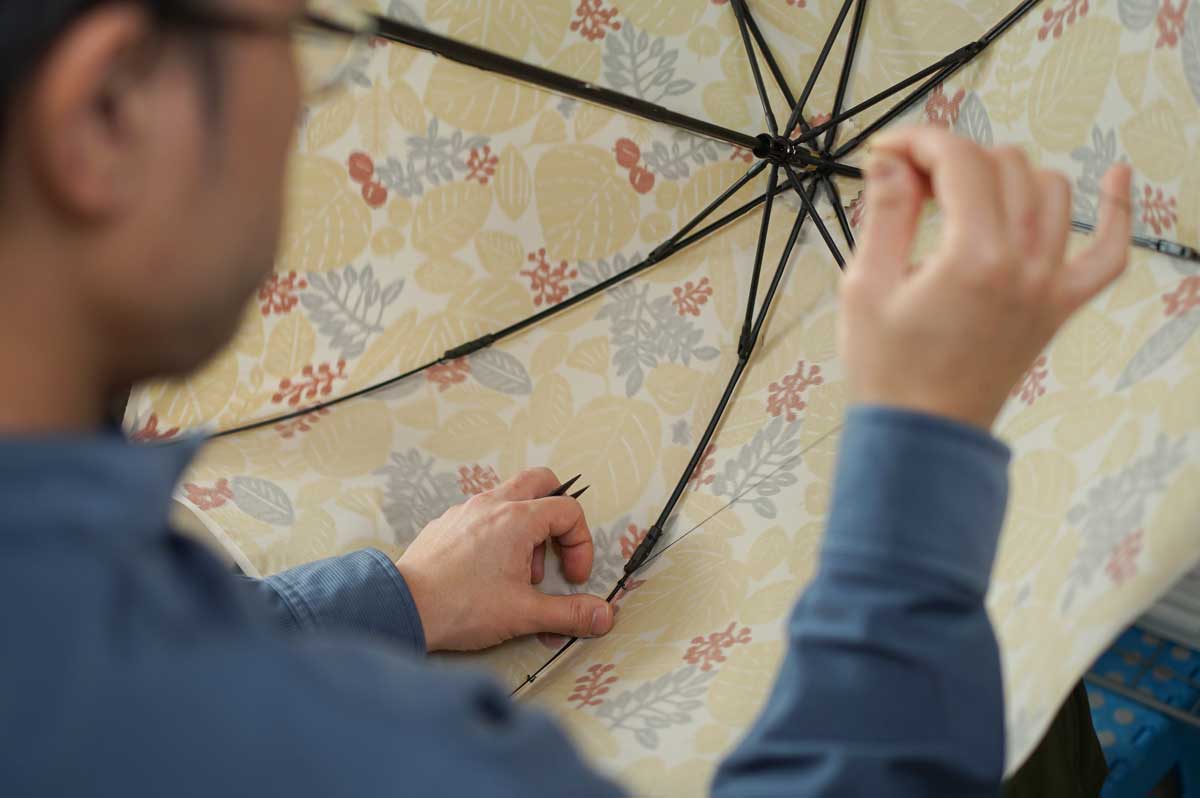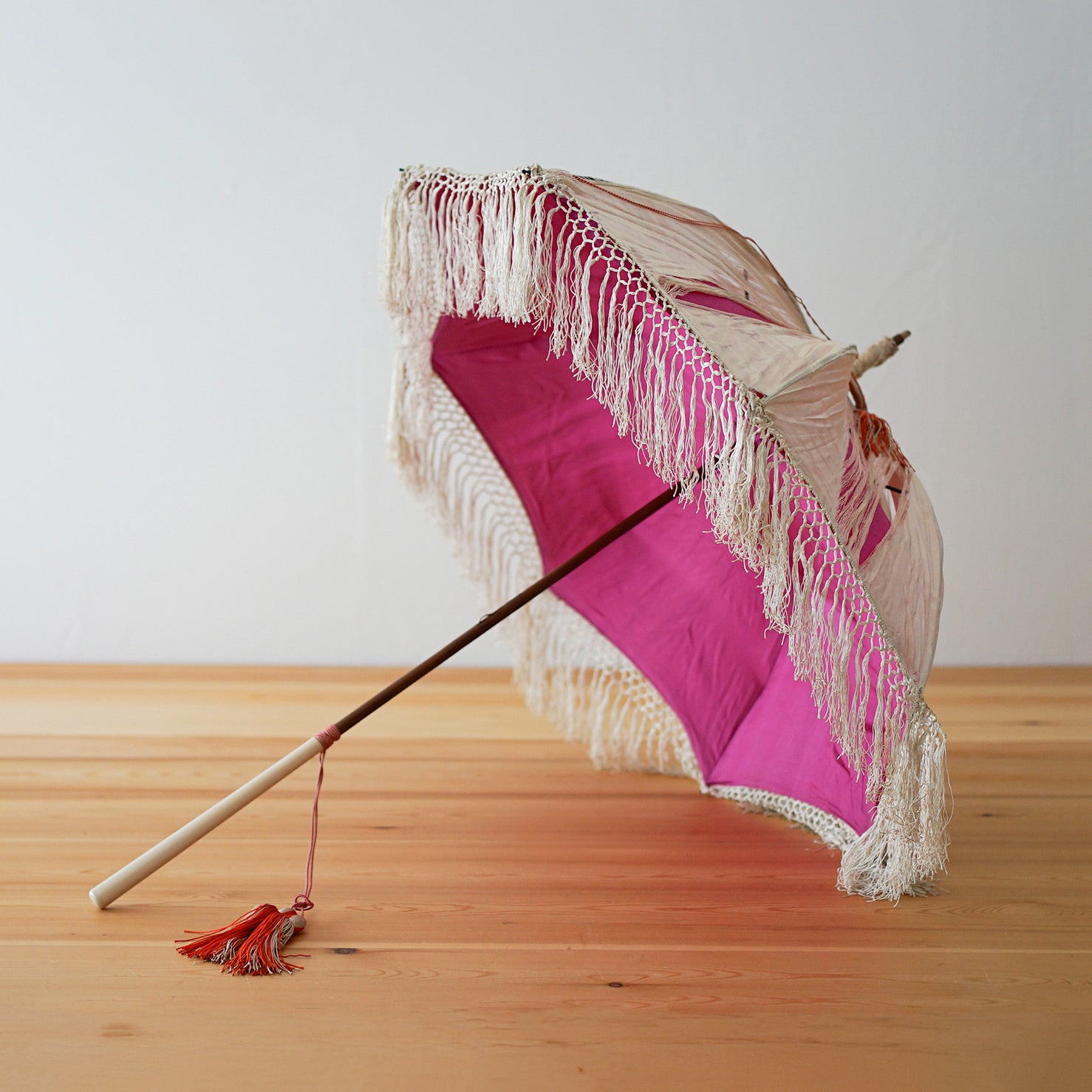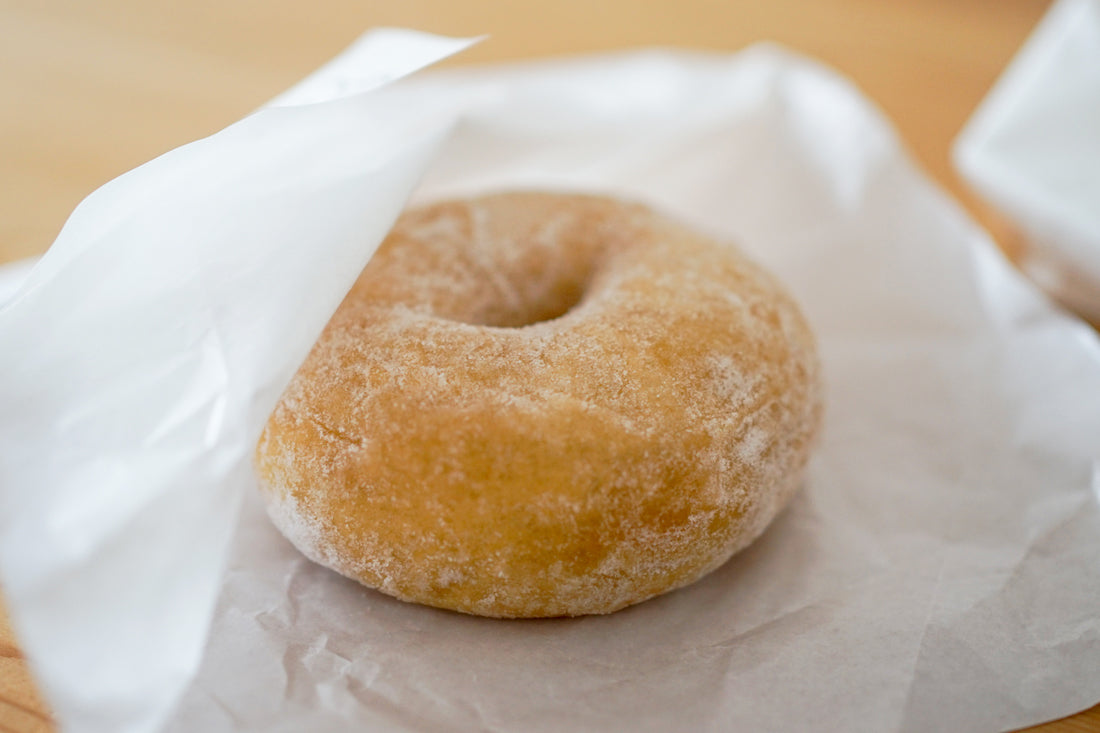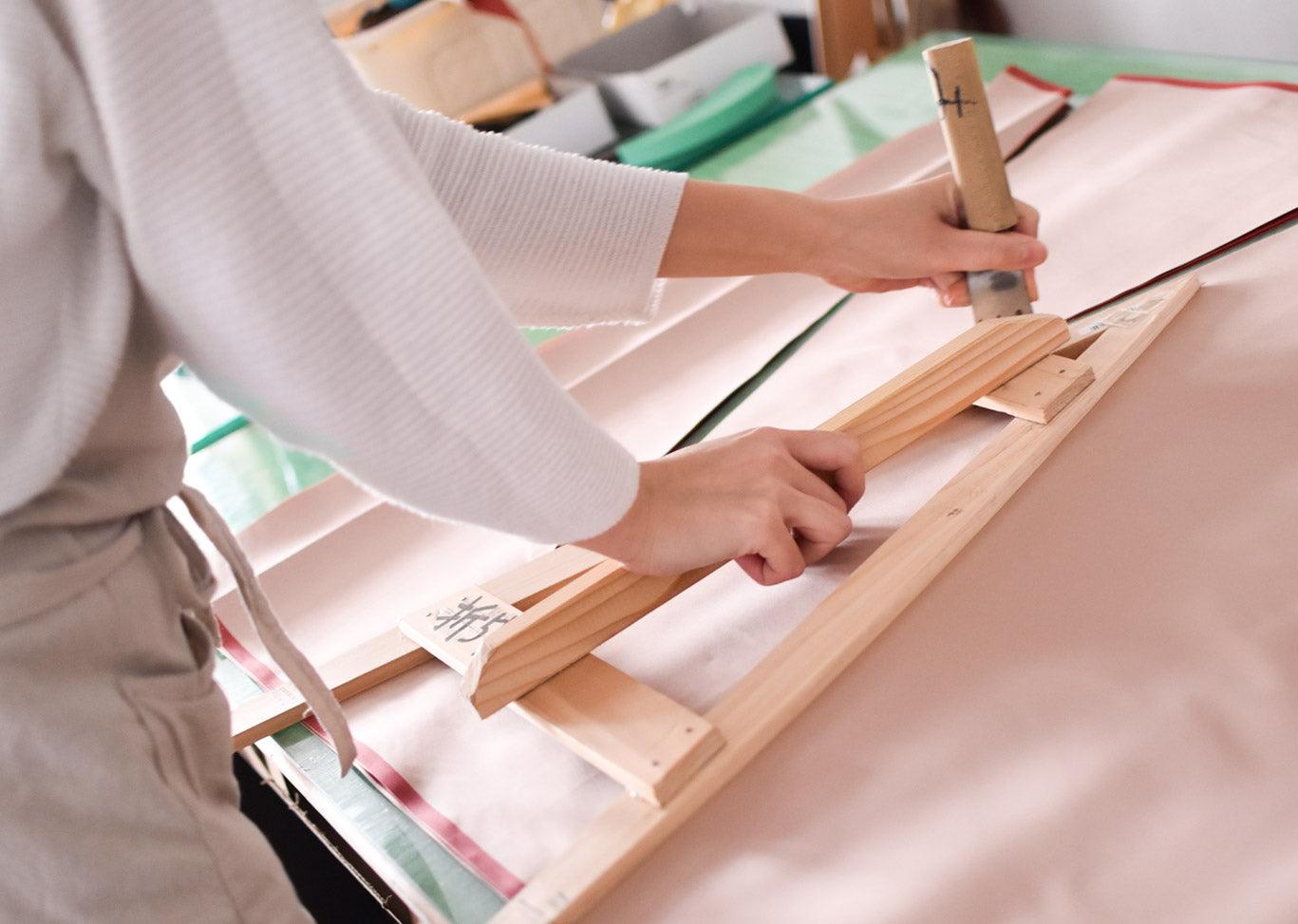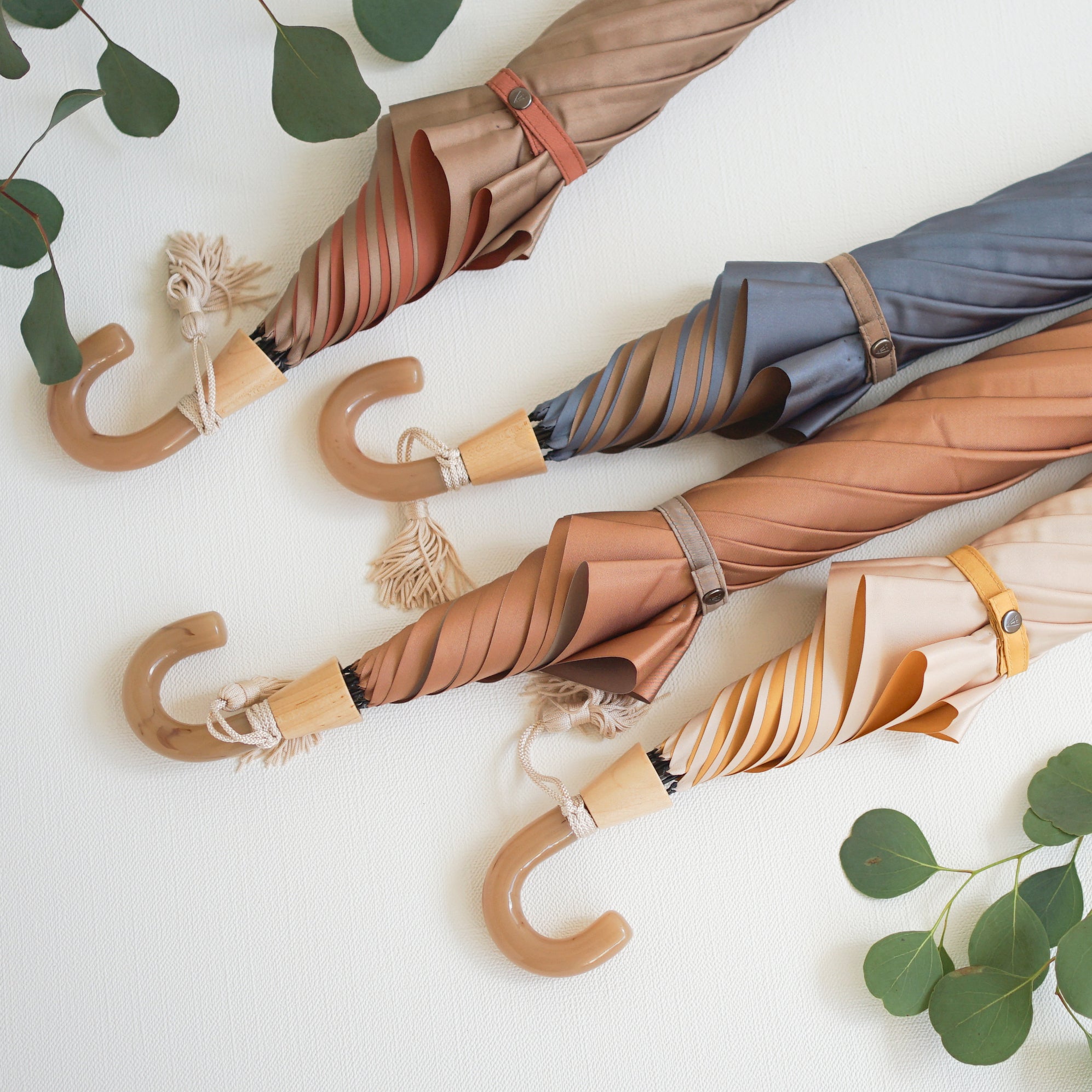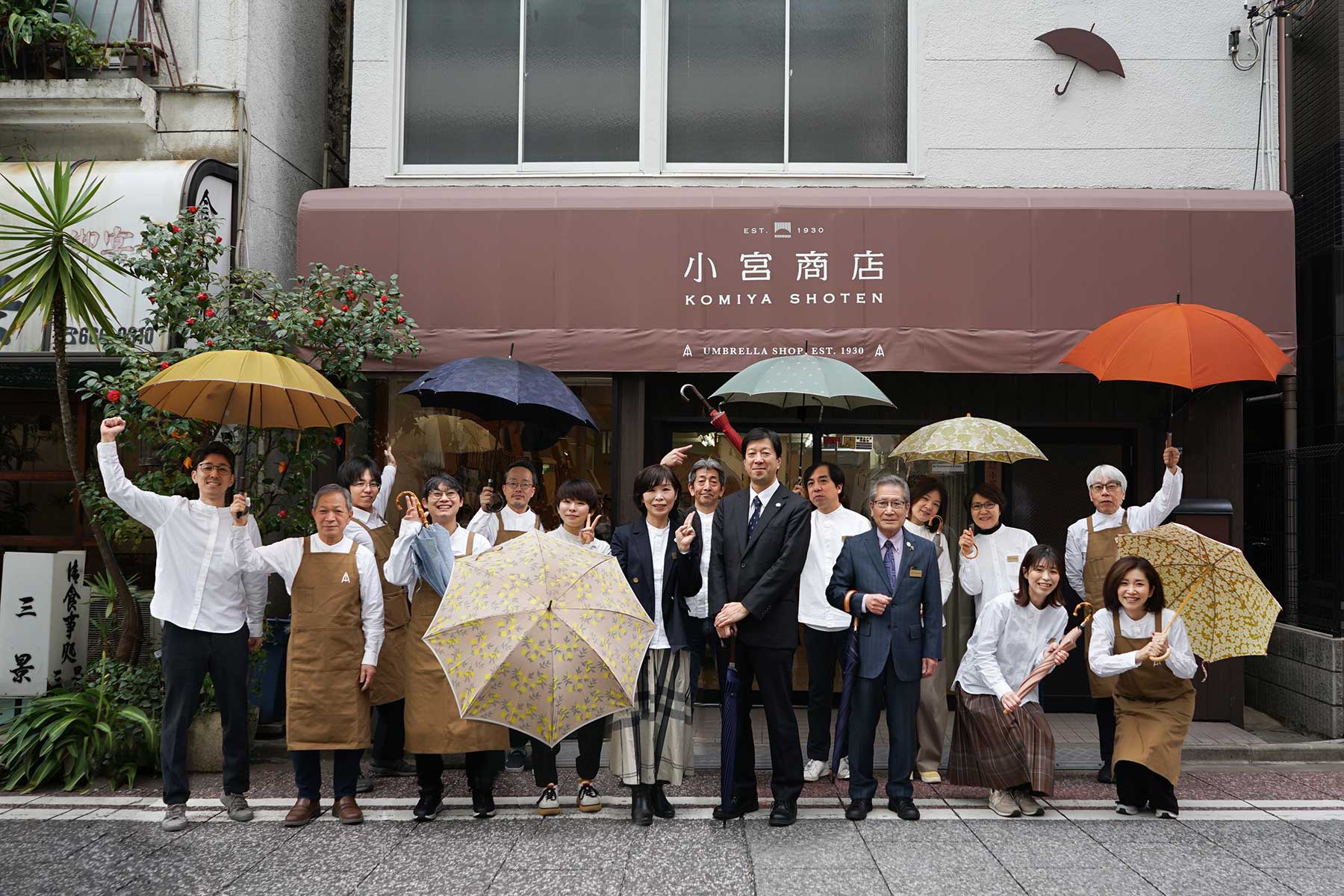We are currently experiencing extreme temperature fluctuations, but I hope you are all doing well.
Well, this time we will be introducing Kawakami Shoten, a shop located in Bakuro-cho, Chuo Ward, close to Komiya Shoten.
Like Hamamachi Takatora, which we posted about the other day, this company belongs to the Chuo Ward Crafts and Manufacturing Association and was founded in 1905 as a chopstick manufacturer and wholesaler that has been in business for over 100 years.

The chopsticks are carefully and beautifully arranged, making the selection even more enjoyable.
As I stepped inside the store, I was greeted by Kawakami Takayuki, representative director of Kawakami Shoten.
He spoke about this initiative while standing in front of the chopsticks lined up on original display furniture that evokes the warmth of wood.
"The chopsticks we sell are called Edo Karaki chopsticks.
Edo Karaki chopsticks began as chopsticks made from the three major Karaki woods - rosewood, ebony, and ironwood - mainly in the Edo period.
Kawakami Shoten still uses this rare wood today and manufactures chopsticks using processing methods that are almost unchanged from back then."
Rosewood, ebony, and ironwood were also sometimes used for the handles of umbrellas.
I remembered hearing from the craftsman that both were very hard and difficult to handle.
It is difficult to judge whether or not a piece of wood has beautiful grain when it is purchased, so it is not enough to simply assume that it is Karaki.
"Certainly there is a beauty in the grain that is unique to Karaki wood.
However, when Edo Karaki chopsticks were first made, there was no need to purchase Karaki wood as a material to make chopsticks.
It is said that chopsticks were made from scraps of Karaki wood that were produced during the processing of furniture and building materials.
By combining not only materials and techniques, but also our backgrounds, we have begun to work again on creating Edo Karaki chopsticks with a higher level of purity."

A display showing the process of chopsticks being made. You can feel the profound depth of the process as you watch each small change.
The way people living at that time worked was based on how they would live tomorrow.
This story gives a sense of the strong vitality of the Edokko people and makes you feel encouraged.
However, doesn't not being able to choose the materials affect the quality of the craftsman's work itself?
First of all, what exactly are beautiful chopsticks that show off the craftsmanship of their artisans?
"Basically, the craftsmanship shown in chopsticks is primarily decorative.
You often see items with mother-of-pearl decoration in souvenir shops at travel destinations.
When it comes to the chopsticks we manufacture, you can get a glimpse of the craftsmanship in the lacquering techniques.
However, it is also a technology that is taken for granted.
This raises the question of where the aesthetics and sense of beauty in chopsticks lie, but I believe it is simply present in the very existence and role of chopsticks."
As he said this, he showed me the octagonal pointed chopsticks series, one of Kawakami Shoten's best sellers.

The dignified appearance and straight back make the person stand up straight. Beautiful chopsticks seem to add beauty to the act of "eating" itself.
"These chopsticks have three different faces that change in number towards the tip of the chopsticks.
Starting with star anise, passing through squares and converging on the tip of the blade, just by slightly changing the parts used, food becomes easier to pick up and bring to your mouth.
The purpose of using chopsticks is to enjoy eating.
A single plate is filled with the thoughts, skills, and passion of many people, including the food itself, the chef who prepared it, and the farmers who grew the ingredients.
Chopsticks play an important role in finally conveying those feelings.
Don't you think that the functionality and spirit of being able to bring it to your mouth without any stress is beautiful?"
Considering that all the ingredients used in cooking are "life," chopsticks are something that connects life to life, and perhaps there is no need for words to describe their beauty.
The gratitude and respect for the ingredients that reside in a dish can also be said to be a feeling of compassion for life.
Edo Karaki chopsticks were also created by using scrap wood.
At the moment when you sense the loving feelings at the source of craftsmanship at that time, the past and present resonate with each other, from the artisans of the past to the artisans of today - the chopsticks lined up in front of you even seem like batons connecting feelings across time and space.
At the end of the interview, we had the opportunity to tour the workshop where the chopsticks are made.
The craftsman's gaze shines with a stern yet powerful intensity as he works on the old grinder, making intricate changes that are imperceptible to the untrained eye.

All you can rely on is the delicate sensitivity of your fingertips. Making chopsticks is a very simple process, yet it is also very complex.
Recently, the number of foreign customers has been increasing, and this brilliance can also be said to be the driving force behind Japan's ancient chopstick culture spreading across the world.
I learned a lot from President Kawakami and everyone at Kawakami Shoten.
Please come and experience the fascinating world of chopsticks.
For more information about Kawakami Shoten, click here
For more information about the Chuo Ward Craftsmen's Association, click here


